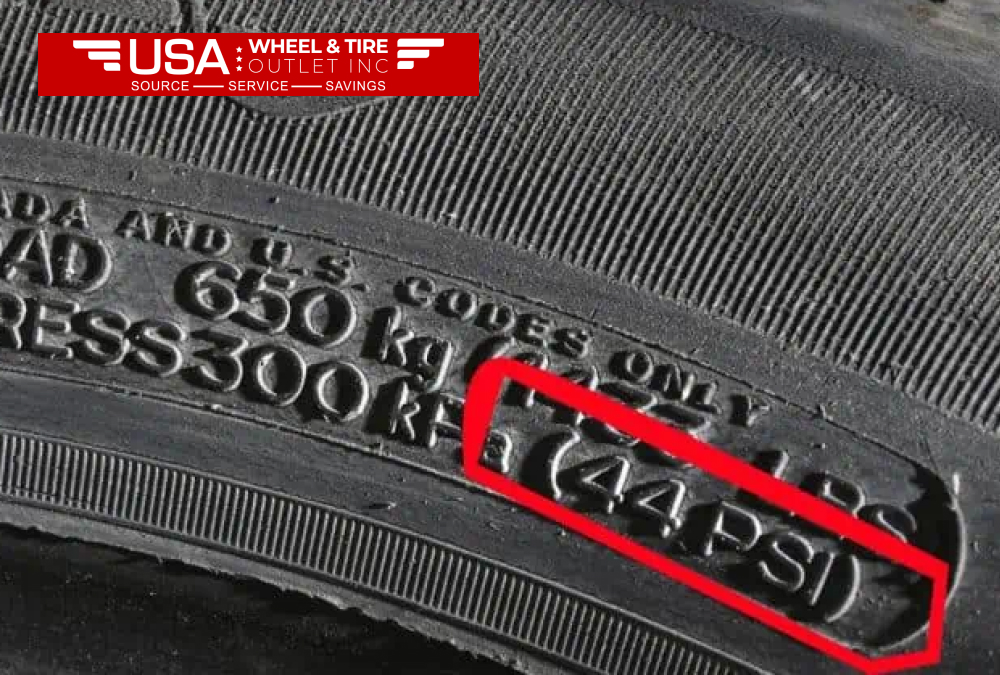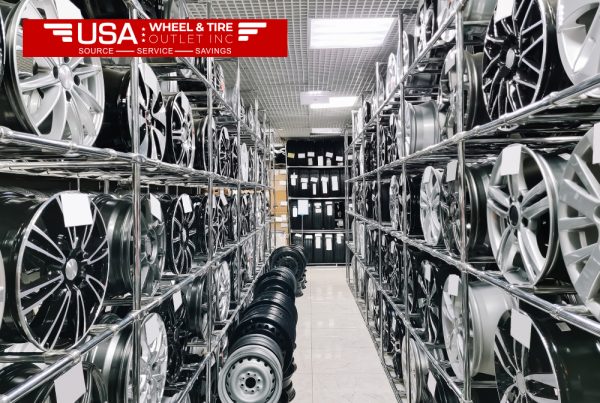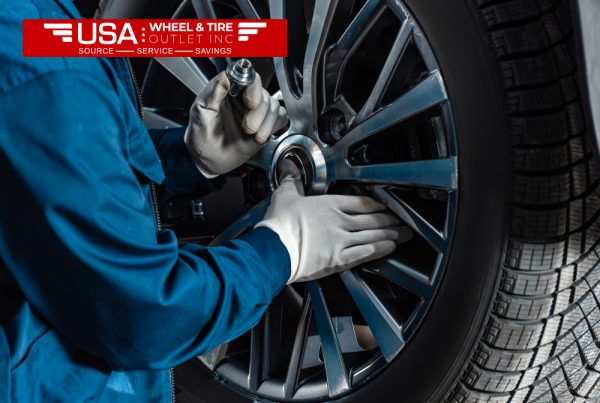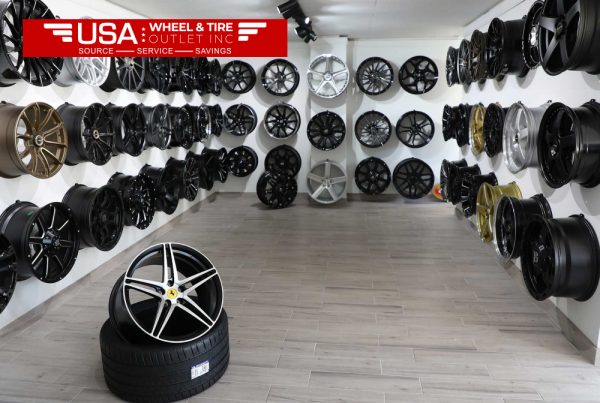Size plays a crucial role in off-roading, even when it is about enhancing one’s vehicle. 35-inch tires are a darling of choice among truck and SUV enthusiasts, providing more clearance off the ground and allowing better grip. But in order to enjoy the advantages of these bigger tires, tire pressure, which is mostly measured in pounds per square inch (PSI), is indeed to be seriously considered. In this article, we are discussing the best PSI for 35-inch tires and how you can keep it up so that you may benefit from its full potentials.
What is PSI and Why is It Important?
Proper PSI is a critical part of the safety and performance of your vehicle. In fact, the correct PSI maintains your tires, allows you to have good traction, and provides an easy ride. However, an under-inflated tire may lead to extreme wear; poor gas mileage; and high probabilities of more frequent blowouts. On the other hand, over-inflated tires will have a hard ride, and the tire grip or traction is also compromised.
Factors Affecting PSI
There are various factors wherein the ideal PSI for 35-inch tires will vary with:
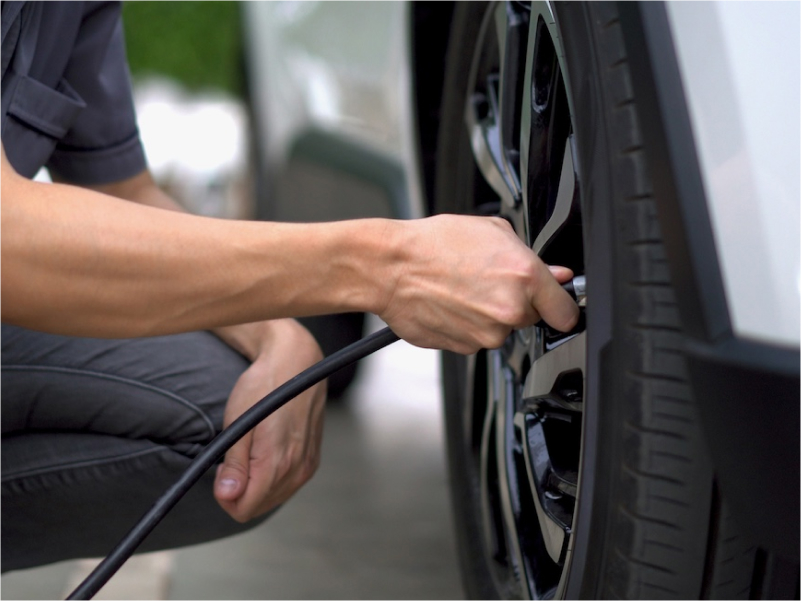
Vehicle Type: Different types of vehicles require different recommended pressures. Trucks and SUVs, or modified vehicles, may be required to have set different PSI values than ordinary passenger cars.
Tire Type: The type of tire—the amount being a mud-terrain, all-terrain, or street tire—is going to affect the ideal PSI value. For example, with mud-terrain tires, lower pressures often work better off-road.
Load Conditions: Your car’s weight can also contribute to decision-making on the correct pressure for the tire. Most cases of a high load necessitate a higher amount of PSI for appropriate tire performance.
Driving Conditions: The driving conditions you use would equally influence the considerations of the right amount of PSI. Off-road driving conditions require some adjustments to avoid damaging the tires. Standard inflation, however, is appropriate for highway driving.
Recommended PSI for 35-Inch Tires
In most cases, the best PSI would vary depending on several variables mentioned above, but generally, for regular use, like daily driving for 35-inch tires, you might range between 30 and 35.
PSI. Here’s a breakdown:
30 PSI: This is probably the best off-road condition where you would want better traction. Lowering the PSI increases the footprint of the tire by the ground. It will make the vehicle better suited for grip on these loose surfaces – mud, sand, or gravel.
35 PSI, that’s an on-road used range, which is preferred for stability as well as fuel efficiency at that range is merely required. Increased pressure decreases the rolling resistance for better mileage.
Adjusting PSI in Different Conditions
To achieve the best performance always ask yourself if you want to alter your PSI based on your driving conditions:
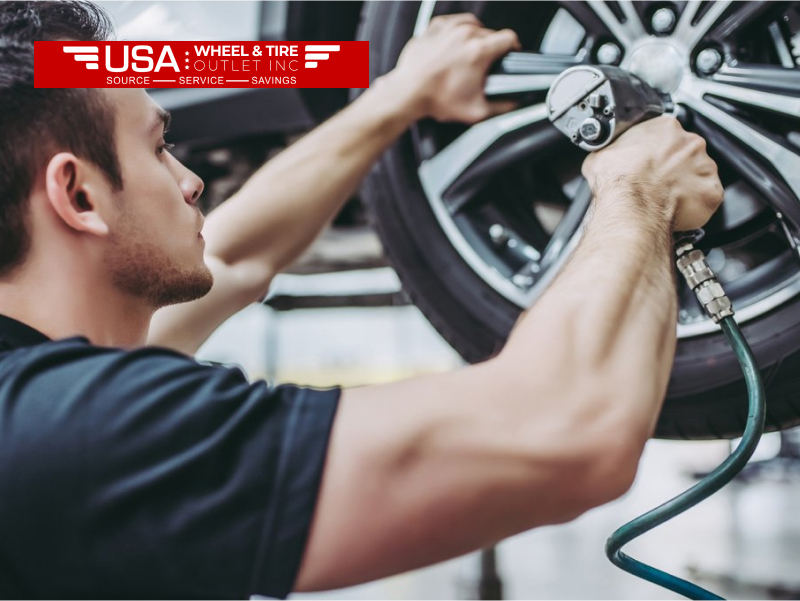
Off-Roading: If you take your motorcycle off-road, reduce the pressure to about 20 to 25 PSI. This also flexes the tires, giving better traction and comfort while riding over uneven surfaces, but do not go too low, or it might make the chance of damaging the tire higher.
When you are going to tow or haul heavy loads, up your level of your PSI to the higher end of the recommended range, around 35 to 40 PSI. That way, you would ensure that your tires can handle the extra weight being pulled without wearing them more than usual or risking blowing them.
Highway Driving: Recommended in the manufacturer’s range, often between 30 and 35 PSI. This range provides the balance between comfort and performance and gives a great mileage and responsiveness.
Keeping Track of and Maintaining PSI
It is very critical to keep the right tire pressure for safety and performance. Here are some tips that will help you monitor and keep track of your 35-inch tire’s PSI:
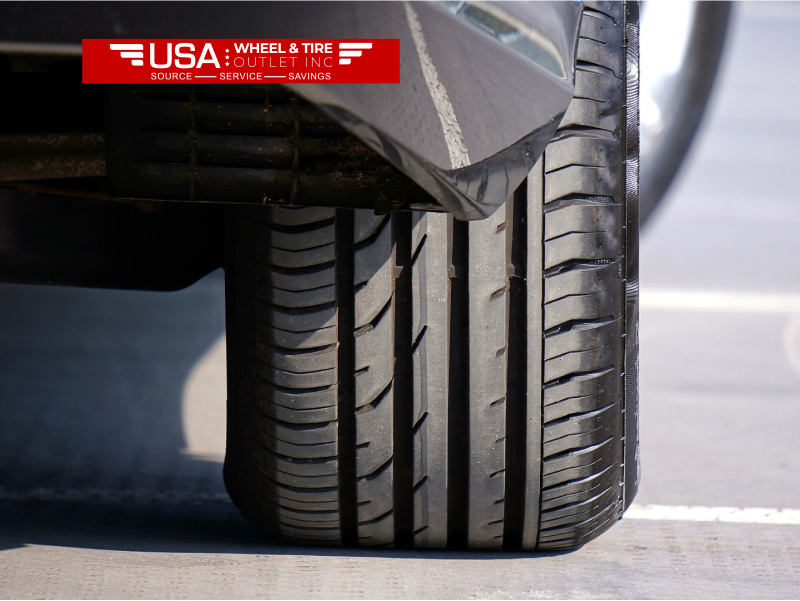
Regular Checks: You should check tire pressure every month with any long journey. Use a good pressure gauge to take measurements.
Cold Tires: Every PSI should be measured when tires are cold because driving conditions generate heat and increase the pressure, which gives you wrong readings.
Visual Inspection: You should inspect your tires regularly for worn, cracked, or bulging tires, which can indicate potential problems and make them a cause for concern if they are not checked early.
Apply a Tire Pressure Monitoring System: If your car is not fitted with a TPMS, you should fit one. A TPMS warns the driver of greatly changed pressure on the tire(s) while driving.
Conclusion
The appropriate PSI level for 35-inch tires is critical to optimizing performance, safety, and service life for a car. Once you understand that various conditions affect the pressure your tires need in specific driving situations, you’ll be able to achieve smooth vehicle handling and comfort more easily. Regularly checking and maintaining your tires ensures your vehicle performs at its best, whether cruising on the highway or driving off-road. Proper pressure not only enhances performance but also makes you a safer driver with a smoother ride. So, always check your PSI and trust USA Wheels and Tires for expert advice on your 35-inch tires!
Read Also: Mile by Mile: The Lifespan of Your Tires and How to Maximize It
Frequently Asked Questions About PSI for 35-Inch Tires
1. What’s the recommended PSI for 35-inch tires?
The average recommended PSI for 35-inch tires is usually between 30 and 35 PSI while driving on a normal road. If you are off-roading you can lower it to maybe 20 to 25 PSI for better traction.
2. How do I know if my tire pressure is too low or too high?
Low pressure may result in excessive tread wear, poor handling and higher fuel consumption. High pressure results in a rough ride and lower traction. Check PSI regularly with a gauge to ensure it’s within your manufacturer’s range.
3. Can I vary tire pressure depending on driving conditions?
Yes, absolutely, change them when conditions call for it. Low pressures provide more off-road traction while higher pressures are more suitable on the highway and when towing significant weights.
4. How often should I check my tire pressure?
It is essential to check tire pressure at least every month and before an extended journey. It should be measured when the tires are cold to provide an accurate reading.
5. What is the effect of having wrong tire pressure?
Proper tire pressure helps prevent fuel inefficiency, also increasing the size of wear on tires and leading to poor handling with a higher chance of blowouts. It should be monitored regularly for safety and performance.

